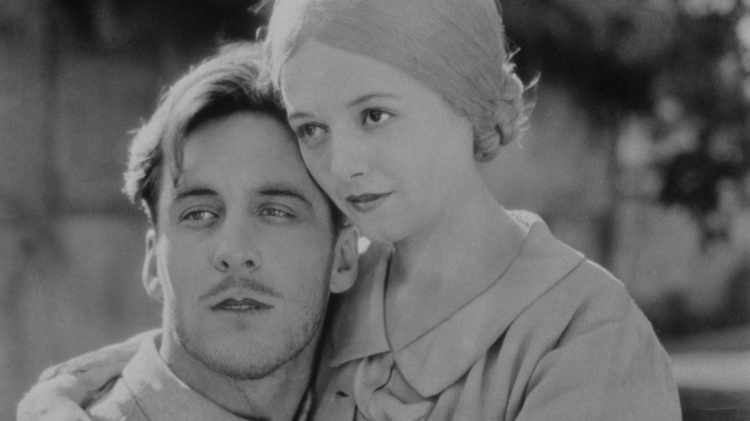
Sunrise: A Song of two Humans
classified Upart of When Europe Made Hollywood: From Sunrise to High Noon
Please note: This was screened in July 2022
“This film is precious, not least because it belongs to a lost time – it's one of the silent era's final hurrahs.”
Pamela Hutchinson on her favourite film, The Guardian
German filmmaker F.W. Murnau was one of the leading figures in the early years of European cinema. Between 1919 and 1926, he made 18 films which established him as a leading figure of German Expressionism and technological pioneer in Germany’s UFA studio. His most well-known film today is probably Nosferatu: A Symphony of Horror which established a striking visual aesthetic for horror films in general and vampire films in particular.
With many of his early films lost, the true scale of Murnau’s achievement is difficult to fully articulate but there is no doubt that Hollywood was watching the success of this European filmmaker. In 1926, William Fox, the Hungarian born owner of the young Fox Studio, invited Murnau to Hollywood.
The first result was Sunrise: A Song of Two Humans which is now widely recognised as a one of the pinnacles of this new art form and revolutionised the way American filmmaking would be approached. Made in the twilight of the silent era Sunrise is a milestone of Film Expressionism and one of the few films to instantly achieve legendary status.